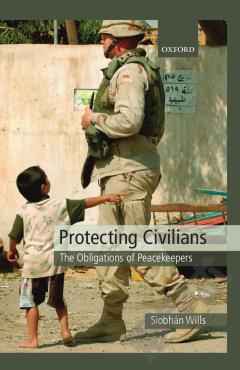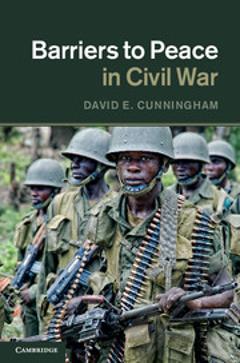Protecting Civilians —— The Obligations of Peacekeepers
----- 保护平民:义务国际法中的部队责任
Foreword Preface and Acknowledgements Table of Cases Introduction I: HISTORICAL REVIEW OF CIVILIAN PROTECTION BY UN PEACEKEEPERS 1. Introduction 2. The Early Development of Peacekeeping 3. Civilian Protection in UN Peacekeeping Operations During the Cold War 6. Civilian Protection in UN Peacekeeping Missions Since 1999 7. Developments in Military Doctrine 8. Conclusion II: THE EXTENT TO WHICH PEACEKEEPING AND OTHER MULTI-NATIONAL FORCES HAVE A GENERAL 'RESPONSIBILITY TO PROTECT' UNDER INTERNATIONAL HUMANITARIAN LAW 1. Introduction 4. Conclusion III: THE EXTENT TO WHICH PEACEKEEPING AND OTHER MULTI-NATIONAL FORCES HAVE A GENERAL 'RESPONSIBILITY TO PROTECT' UNDER INTERNATIONAL HUMAN RIGHTS LAW 1. Introduction 2. The Applicability of Human Rights Law to Armed Conflict 4. The Relationship between International Humanitarian Law and Human Rights Law 5. Accountability for Human Rights Abuses 6. Conclusion IV: THE APPLICABILITY OF OCCUPATION LAW TO PEACEKEEPING AND OTHER MULTI-NATIONAL OPERATION 1. Introduction 2. The Laws of Occupation 3. The Laws of Occupation and UN Military Operations 4. The Extent to which the Laws of Occupation were Applicable to Somalia 5. The Applicability of the Laws of Occupation to Iraq 6. The Laws of Occupation and UN-run Administrations 7. Overall Assessment of the Laws of Occupation to UN Administrations 8. Conclusion V: IMPLICATIONS FOR PEACEKEEPERS AND OTHER MULTI-NATIONAL FORCES 1. Introduction 2. Developments in Response to Egregious Violations of Human Rights in the 1990s 3. The Implications of the Collective Responsibility to Protect 4. Occupation and Situations Akin to Occupation 5. Peacekeepers' General Responsibility to Protect 6. Sexual Violence 7. Conclusion VI: CONCLUSION
{{comment.content}}








 京公网安备 11010802027623号
京公网安备 11010802027623号